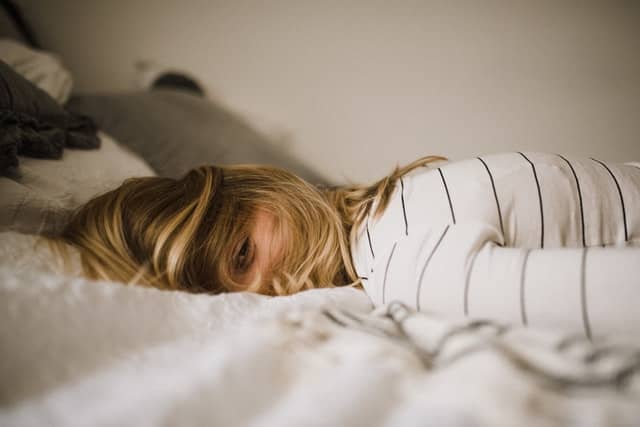
An objective measure of drowsy driving: are we there yet? J Clin Sleep Med. Comparative effectiveness of cognitive behavioral therapy for insomnia: a systematic review. Mitchell MD, Gehrman P, Perlis M, Umscheid CA. Prevalence of chronic insomnia in adult patients and its correlation with medical comorbidities. Waking frequently to care for a child, ill loved one, or petīhaskar S, Hemavathy D, Prasad S.Use of stimulating drugs: These include coffee, alcohol, some prescription medications (such as those for attention-deficit/hyperactivity disorder), or illegal drugs.Use of electronics at bedtime: These include TV, cell phones, gaming devices, and/or computers, as the artificial light inhibits sleep and promotes a restless mind.

Lack of regular exercise or physical activity.Frequent travel to different time zones: While jet lag is not insomnia, frequent jet lag can develop into prolonged sleep issues such as insomnia.Frequent environmental disturbances: These include light, temperature (too cold or too hot), or noise disrupting sleep.Family history: Researchers believe there may be a genetic component to insomnia as it tends to run in families.Comorbid conditions: These include as obesity, diabetes, lung problems, and heart disease.Being female: Women are more likely to have insomnia than men, particularly during pregnancy, while caring for a newborn, and in menopause.Age: This condition can happen at any time of life but is more common the older you get.“We really want to encourage people to exercise, just be mindful of timing and whether it seems to affect your ability to get optimal sleep quality,” she says. For example, power lifting or an active yoga class can elevate your heart rate, helping to create the biological processes in the brain and body that contribute to better quality sleep, she says. Moreover, while many studies focus on aerobic activity and sleep, Gamaldo says picking an exercise you like will help you stick with it. “And patients don’t need to feel like they have to train for the Boston Marathon to become a better sleeper.” “It’s generally not going to take months or years to see a benefit,” says Gamaldo. The good news: People who engage in at least 30 minutes of moderate aerobic exercise may see a difference in sleep quality that same night. Patients often ask Gamaldo how much exercise they need for better sleep, and how many weeks, months or years it will take to experience this benefit. “Doctors definitely want you to exercise, but when you do it is not scripted.” How Much Exercise You Need for Better Sleep

“Know your body and know yourself,” she says. “Whether it’s in the early morning or close to bedtime, they’ll see a benefit to their sleep,” says Gamaldo. The decline helps to facilitate sleepiness.ĭespite these biological responses to exercise, other people find that the time of day they exercise doesn’t make a difference. After about 30 to 90 minutes, the core body temperature starts to fall. Elevation in core body temperature signals the body clock that it’s time to be awake.

However, we do know that moderate aerobic exercise increases the amount of slow wave sleep you get. “We may never be able to pinpoint the mechanism that explains how the two are related,” she says.

Researchers don’t completely understand how physical activity improves sleep. I encourage people to listen to their bodies to see how well they sleep in response to when they work out,” she adds. “But there’s still some debate as to what time of day you should exercise. Based on available studies, “We have solid evidence that exercise does, in fact, help you fall asleep more quickly and improves sleep quality,” says Charlene Gamaldo, M.D. , medical director of Johns Hopkins Center for Sleep at Howard County General Hospital.


 0 kommentar(er)
0 kommentar(er)
